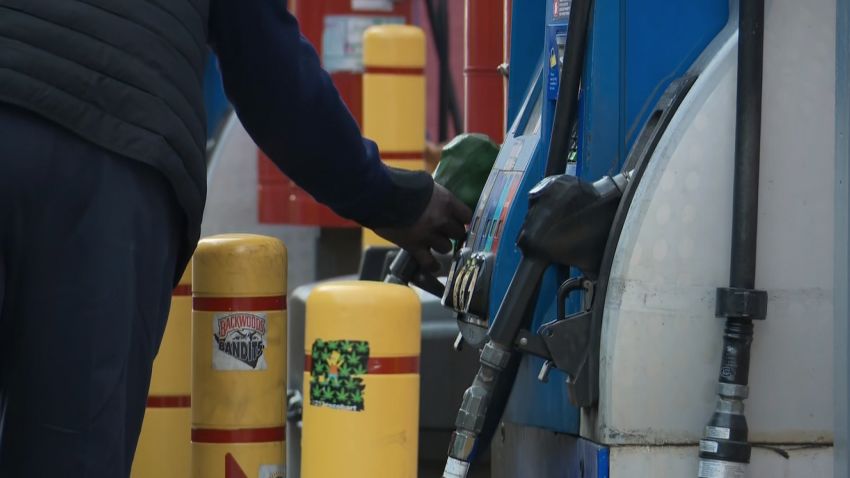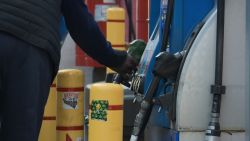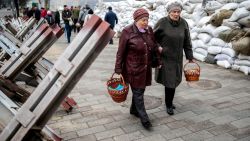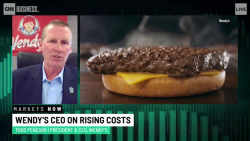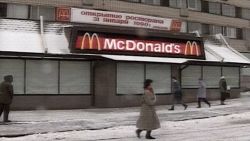Oranges are in trouble.
Citrus disease and bad weather are constraining supply of oranges in the United States and internationally. Meanwhile, demand for orange juice — which has been sliding for years — got a bump during the pandemic.
That has sent orange juice prices higher during the pandemic, and they will probably continue to climb: Frozen orange juice futures have surged more than 50% during the pandemic, and they rose to a two-year high last week — soaring 5% alone Thursday.
“You have your classical supply-demand mismatch,” said Shawn Hackett, president of Hackett Financial Advisors, which specializes in agricultural commodities analysis. Because of that, consumers should expect “much higher prices at the supermarket.”
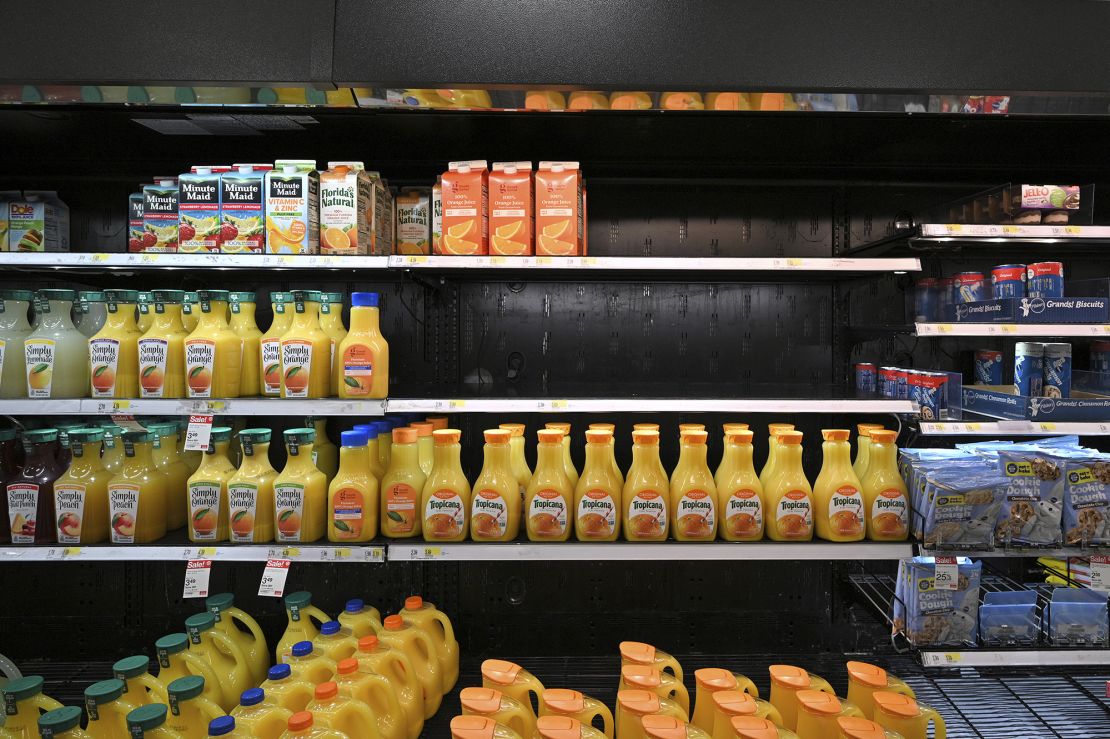
The anticipated spike in orange juice prices comes as consumers are already facing inflation across multiple sectors. The US consumer price index rose 7% over the past year before seasonal adjustments, the steepest climb in prices since June 1982, the Bureau of Labor Statistics reported last week.
Over the past year, food consumed at home was 6.5% more expensive while prices at restaurants rose 6%. Fruit juice and nonalcoholic drink prices have already spiked 5.7% this year, and orange juice futures are up.
Supply shrinks
Last week, the USDA said it expects Florida to produce 44.5 million boxes of oranges this year, an unusually small harvest. That would be the smallest since the 1944-45 season when 42.23 million boxes were produced, a Florida statistician with the USDA told CNN Business.
“The Florida citrus crop is going to be one of the smallest crops since the 1940s,” said Judith Ganes, president of J Ganes Consulting, which offers commodities analysis to the food and agriculture industry. “It’s going to be even smaller than the production that occurred several years ago … when Hurricane Irma blew through Florida,” she said.
Florida’s orange crops, which are responsible for most of the country’s orange juice, have been dwindling for years, she noted. One culprit is an insidious citrus disease, referred to as citrus greening, which leads to smaller oranges and less fruit per tree.
“The disappointment of another decline in the forecast is hard to overstate,” Shelley Rossetter, assistant director of global marketing at the Florida Department of Citrus, said in a statement. She added that Florida citrus growers are focused on “seeking new solutions to citrus greening.”
Smaller oranges yield less juice, explained Ganes. That means processors, who already have to pay more because of the diminished supply of oranges, also have to buy more oranges to make the same amount of juice that comes from healthy fruit. That, in turn, means higher costs for consumers.
At the same time, international growers are dealing with their own set of shortages.
“Brazil had a historic drought last year that significantly hurt the orange crop that’s used to produce the orange juice,” said Hackett. “They’re not going to have exportable supplies at the [typical] level.”
And as supply contracts worldwide, orange juice is having a pandemic-fueled renaissance.
Demand grows
Prior to the pandemic, “US demand for orange juice had been down for 20 years straight,” said Hackett.
That’s partially because consumers’ changing ideas of health have made fruit juice, which is relatively high in sugar and calories, unfashionable. It’s also because over the years, many American stopped regularly eating breakfast at home, opting instead for an on-the-go meal.
But during the pandemic, many have once again started eating breakfast at home, and some have put orange juice back on the menu.
Because of that, US sales of 100% non-concentrated juices jumped from $5 to $5.5 billion in 2020, and remained mostly at that level in 2021, according to data from Euromonitor International.
“We’re still dealing with demand today that’s well above what it was in 2019, before the pandemic hit,” Hackett said. “So we have this renewed demand at a time that are available supplies are way, way down.”

